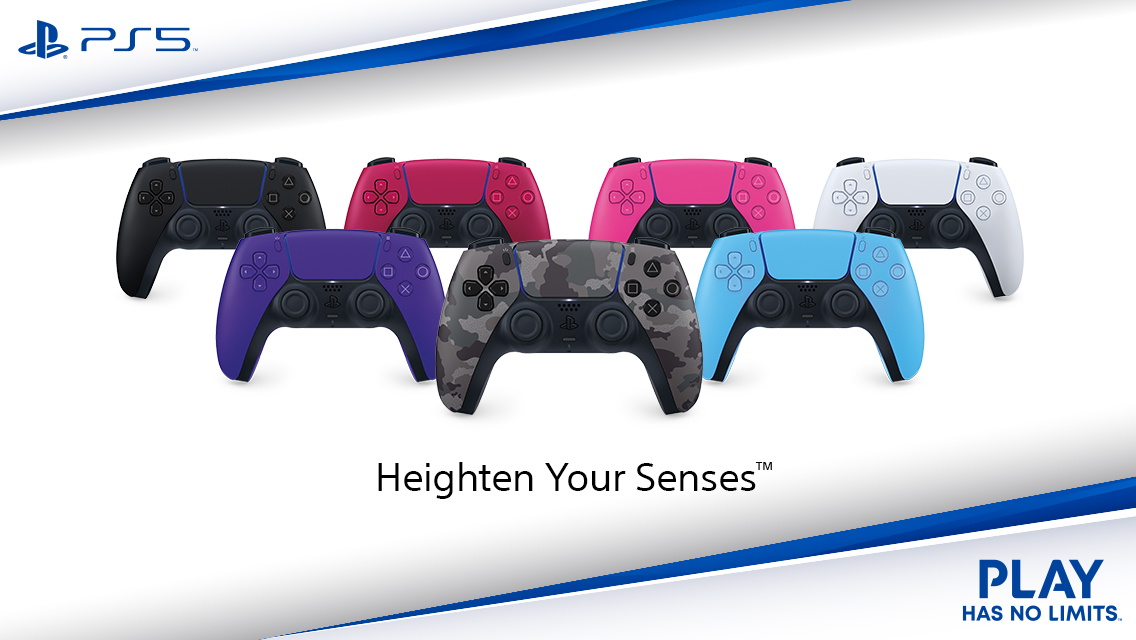Of all of the potential that I saw in the Switch when Nintendo first unveiled it last year, never once did I think it would quickly grow into a home for retro Japanese shooters (of the shoot ‘em up, not first person, variety). And yet here we are, a little over a year later, and the Switch’s eShop is filled with classic titles from SNK, Psikyo, Nichibutsu, Yumekobo, Video System, and more.
Now, thankfully, that list includes a new name: Treasure. When making a rundown of the companies that have helped define or advance the genre over the years, you can’t not include Treasure and its high-action bullet-dodging efforts like Radiant Silvergun, Bangai-O, and Ikaruga.
It is that final game that now serves as the studio’s first effort on the Switch (or on any platform at all in years), and it’s an absolutely fitting place to start. Ikaruga has something of a legendary status among shooter fans, in part because it was such an interesting idea that still feels unique to this day. Basically, the concept is simple: enemies come in two “polarity” types, white or black, and you can switch your ship’s polarity at any time. If you’re the same polarity as an enemy, their bullets can’t hurt you—and, in fact, collecting them builds up your special attack meter. If you’re the opposite polarity of an enemy, your shots will do more damage to them.
When I first tried to get into Ikaruga back on the Dreamcast, I found it to be one of the hardest games I’d ever played in the genre. Compared to some of its other “bullet hell” competitors, enemy and projectile patterns can be easier at times to avoid—but the problem comes in training your brain on what to avoid. Your natural inclination is to stay away from every bullet your foes have spewed, but that’s simply impossible. So, you then have to remember which color is safe at what time—but that can sometimes lead your subconscious into telling you that every bullet is safe.
Going back to Ikaruga now on the Switch has been an interesting experience, especially given the greater amount of time and effort I’ve put into the shooter genre in the 16 years since. The game clicked with me now far more than it did before, and once it does, it’s quite an incredible experience. Ikaruga really is unlike every other one of its peers, and if you can get over the initial learning curve—which I admit can be brutal—there’s so much depth to be found. That’s, in part, because the difference between simply surviving every stage and getting a respectable score is miles apart here due to the combo system. In order to add a tick to your combo chain, you have to destroy three enemies of the same polarity in a row. If, say, you only kill two white foes but then destroy a black one, your combo is broken; if you kill four, you’ve then got to make sure to target two additional while ones to satisfy the new combo you’ve started.
So, Ikaruga becomes a game of three main tasks: managing what polarity you are when, being sure to collect one color of bullets while avoiding the other, and keeping track of which enemies to kill in what order. It’s a juggling act that can keep you stressed from the very beginning, but it’s a stress that turns to pure, unadulterated joy when you’re having that run where you’re getting everything right. However, the harsh truth is a lot of players—maybe most, in fact—are simply never going to know that joy, even when trying to play on the game’s easy setting (which, due to the lack of special weapon build-up you’ll get, I actually find harder than normal).
There is, though, one complaint I have with Ikaruga, and it’s that I think the game might be too hard for its own good. That difficulty isn’t in trying to handle all of those gameplay elements at once, but in the game’s small but challenging selection of stages. While the initial stage isn’t particularly overwhelming, the difficulty cranks up considerably in stage 2 and continues to ramp for the remainder of its three stages. I’ve come to have a real appreciation for “short but hard” gaming experiences, but good lord, later situations can just get utterly sadistic if you’re trying to do anything more than simply survive.
In terms of the technical side of things, I think a good job has been done in bringing Ikaruga to the Switch. Admittedly, I’ve barely touched the game since I first dug into it back in the Dreamcast era, but outside of a bit of inconsequential slowdown when a boss is destroyed, I didn’t find anything off about how the game played, looked, or sounded. As expected, you can play Ikaruga not only in handheld mode or on your television, but also rotated on the Switch’s screen when separated from the Joy-Cons, and two players can tackle the game together in any of these three forms. There’s the usual types of options that you’d find in your typical shooter, including some nice HUD customization, an appendix of production and promotional artwork, a music sound test, and both leaderboard and replay support.
Ikaruga can be a punishing test of both your shooter skills and mental clarity, but that’s what has made it the cult classic that it deserves to be. I know there will be those early moments where giving up seems like the only reasonable choice to make, but if you can dig in your heels and keep trying, there’s a wonderfully rewarding game waiting for you. If you’re a Switch owner who has been collecting other genre titles then Ikaruga is a must-own, while if you’re a shooter fan who has yet to pick up a Switch, this is another great example of why it’s looking to be a platform to really pay attention to.
|
★★★★☆
It’s long been known that Ikaruga is one of the true classics of the top-down shooter world, but going back to the game again on the Nintendo Switch really cements that legacy. This is a brutal but beautiful, relentless yet rewarding, and frantic yet fun bullet hell challenge that feels as fresh now as it did 17 years ago in its original arcade release. |
Developer Treasure Publisher Nicalis ESRB E10+ – Everyone 10+ Release Date 05.29.2018 |
| Ikaruga is available on Nintendo Switch. Primary version played was for Nintendo Switch. Product was provided by Nicalis for the benefit of this coverage. EGM reviews on a scale of one to five stars. | |

Mollie got her start in games media via the crazy world of gaming fanzines, and now works at EGM with the goal of covering all of the weird Japanese and niche releases that nobody else on staff cares about. She’s active in the gaming community on a personal level, and an outspoken voice on topics such as equality in gaming, consumer rights, and good UI. Check her out on Twitter and Mastodon.





